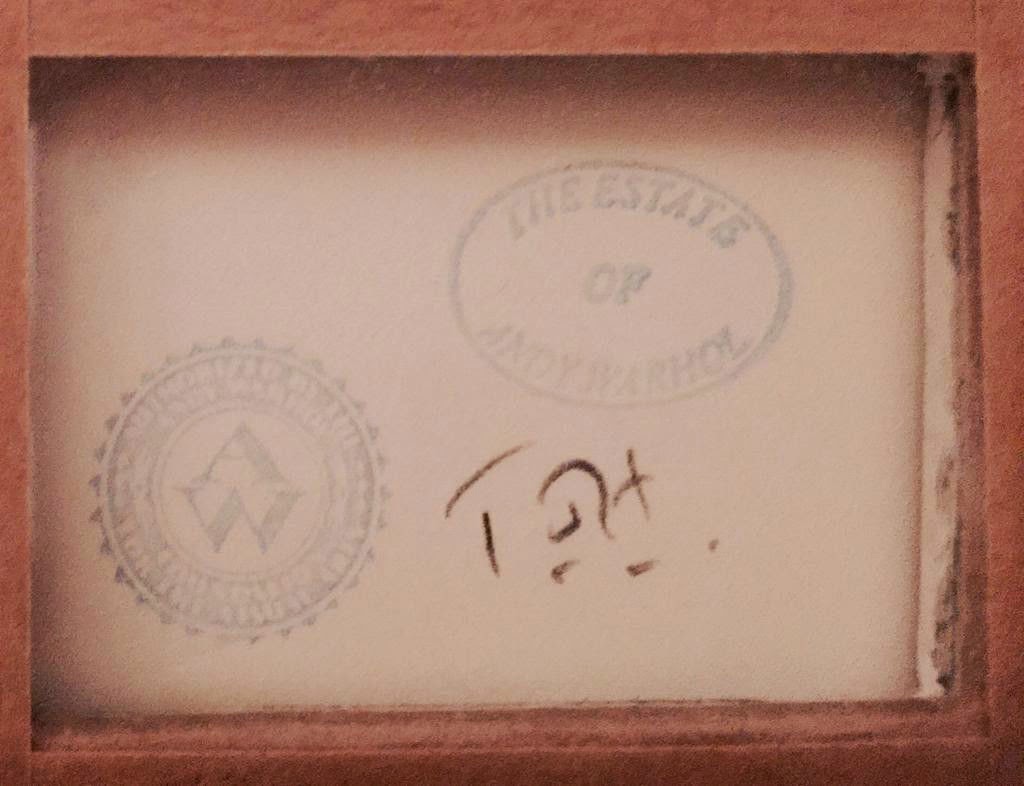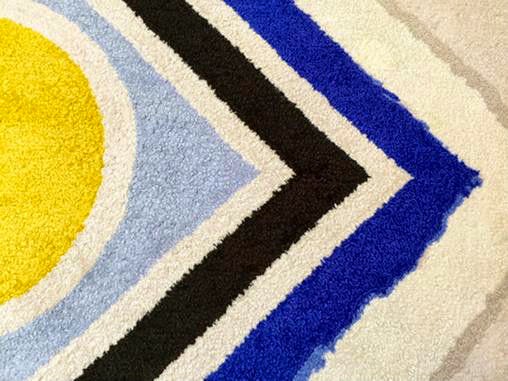La Mousson (The Monsoon), 1965; Lithograph on Rives BFK paper; Signed Calder in pencil bottom right and numbered 16/90 in pencil lower left; Published by Maeght, Paris; Framed with two acid free linen mats, a black wood fillet, a black and gold wood frame, and UV conservation clear glass.
To purchase this work or to visit the Art Gallery, CLICK HERE
To purchase this work or to visit the Art Gallery, CLICK HERE
Alexander Calder was an American artist, most known for his creation of the mobil; a kinetic sculpture constructed of very delicately balanced components that move in response to motor power or air currents. The creation of the mobil was a direct result of having visited the studio of Piet Mondrian and seeing his hard edge geometric paintings and wondering, what they would look like if they moved?
Photograph of the Calder signature.
Although most are familiar with his sculptures, many are not familiar with his paintings and prints. Calder was painting as early as 1920, and continued in both the paint and print mediums until his unexpected death in 1976. This work, entitled "La Mousson (The Monsoon)" from 1965, is an example of an extremely well worked and executed stone lithograph showcasing some of Calder's most used imagery. The red sun is located in the mid-right with the primary colored pin wheel just below and to the left. The bottom left corner contains a black hourglass form, very typical of Calder use of black color to enhance flatness. The top of the sheet contains black dots with dripping runs of the colors related to the sun, red-orange and yellow. All of these compositional forms are used to relate to the monsoon rainy weather season: the rain pouring down from above, the red sun low in the sky, the pin wheel relating to wind, and black hourglass form correlating to time, as in the rainy season.
Framed Alexander Calder's "La Mousson (The Monsoon)"
#calder #alexandercalder #lithograph #mousson #monsoon #art #artcollecting #mobil
#calder #alexandercalder #lithograph #mousson #monsoon #art #artcollecting #mobil


























